Easiest vegetables to grow – 10 best crops for beginners
Discover the easiest vegetables to grow in your garden for a bumper harvest of delicious and healthy home-grown produce
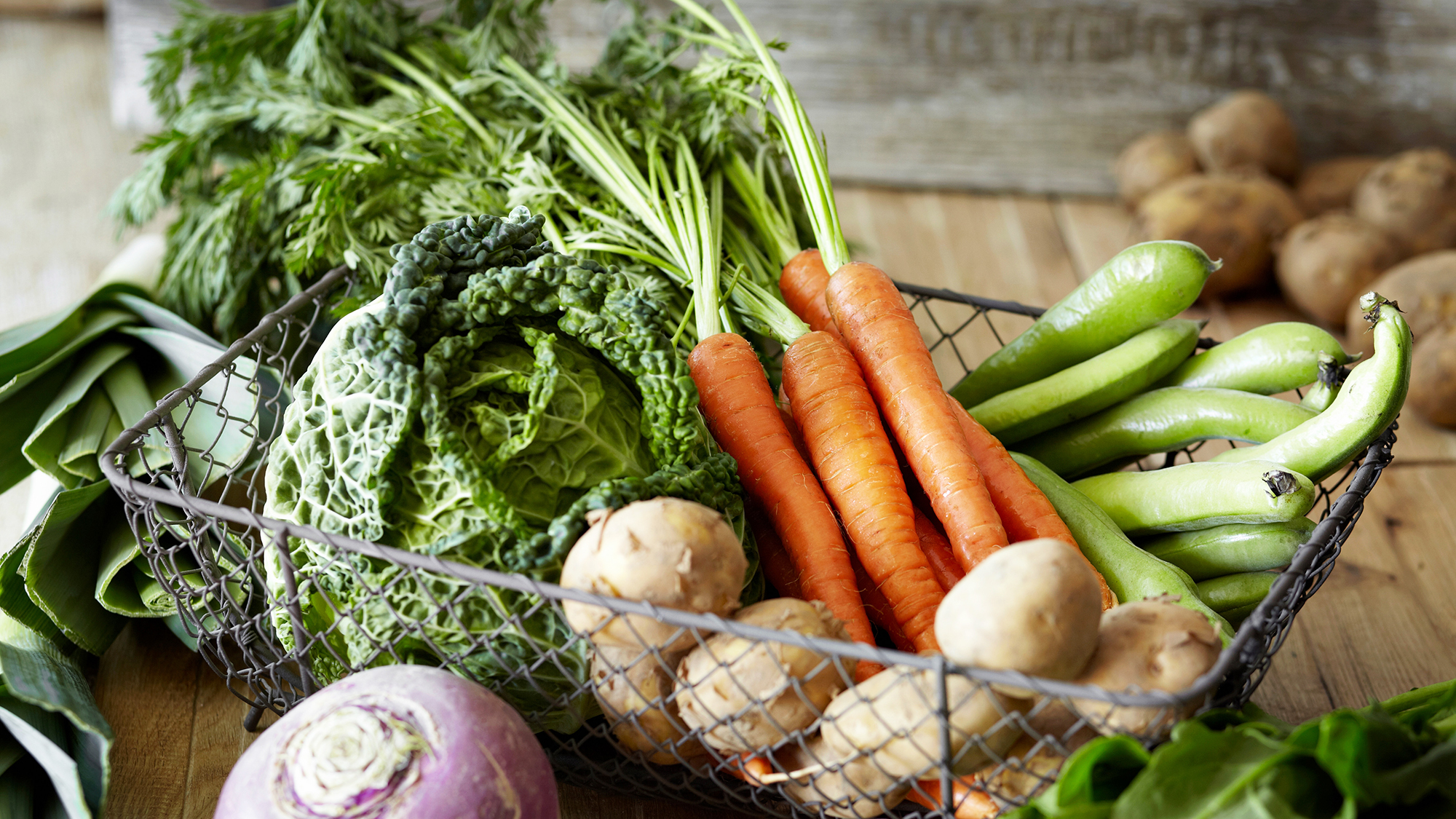

If you want to plant a kitchen garden, start with the easiest vegetables to grow to ensure success.
There is little more fulfilling in life than cultivating your own crops from tiny seeds. Not only are home-grown vegetables tastier than store bought, but they are healthier and free from chemicals.
Start planning your kitchen garden ideas now, and in as little as a few weeks you’ll have a delicious harvest.
When deciding what to grow, make sure you choose vegetables that you actually enjoy eating, as you will get much more satisfaction out of your efforts.
Knowing when to plant vegetables is also important to get them off to the right start. ‘The biggest mistake beginner gardeners make is bad timing,’ says Stephanie Turner, horticulture agent for Clemson Cooperative Extension.
‘Each crop will have ideal growing conditions that depend heavily on your local climate. So sometimes it isn’t so much what you are planting, but when. The back of most seed packets will have some general guidance about when to plant.’
Also make sure you sow your seeds in a suitable location. Each crop has its own needs for sunlight and water.
‘Choose a location that is close to your water source and has at least six full hours of sunlight,’ adds Turner. ‘However, leafy vegetables can tolerate less than six hours.’
Easiest vegetables to grow at home
As long as you choose suitable varieties for your garden and follow the growing instructions, you should have no trouble growing our pick of the easiest vegetables to grow, whatever your experience level.
Always check the plant's individual requirements and whether that complements the level of sun in your backyard, and the space you have available.
1. Radishes
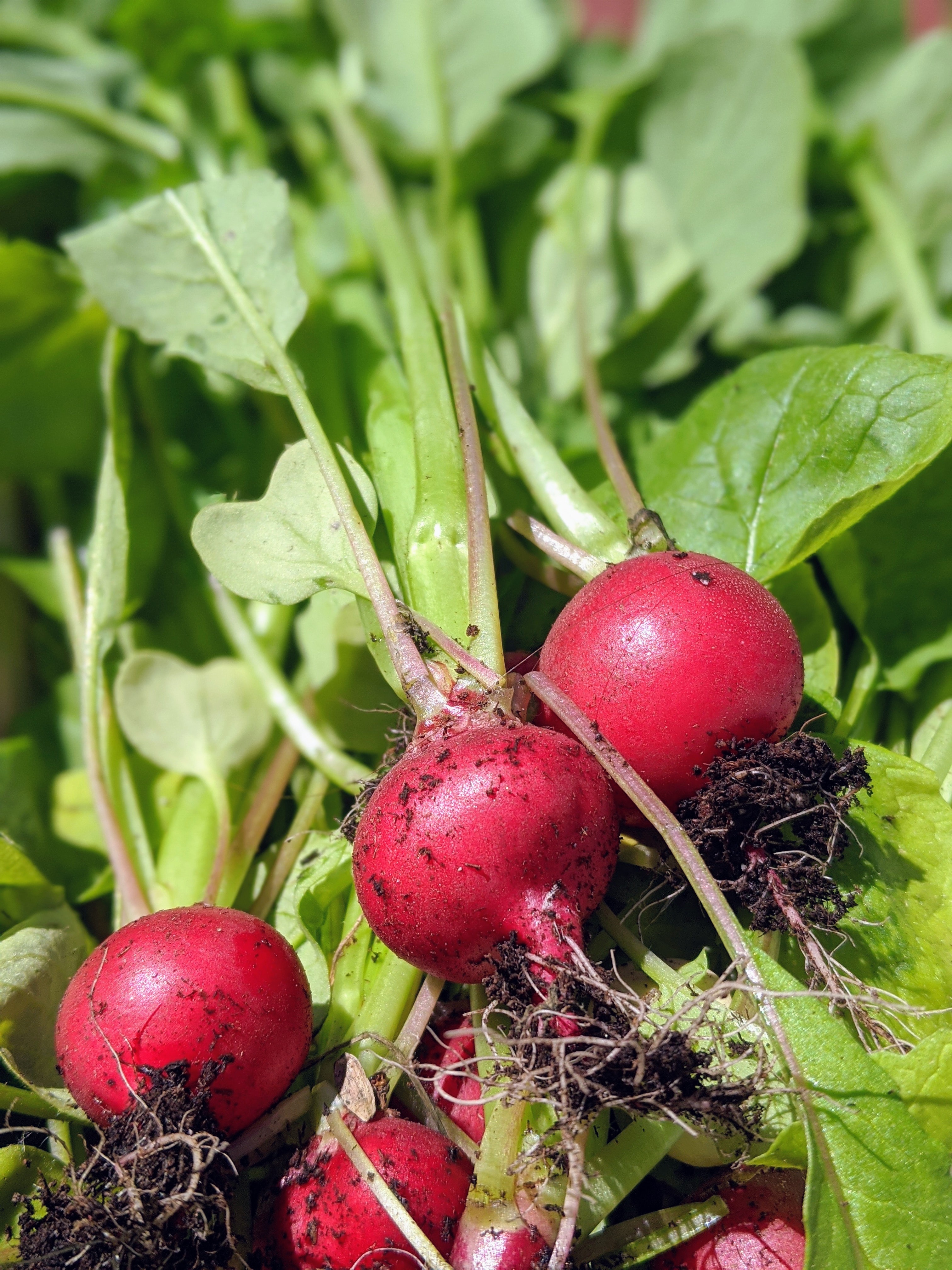
Learning how to grow radishes is probably the easiest place to start for beginners, and they are also one of the quickest vegetables to grow.
Their peppery flavor makes them a tasty addition to salads, while some varieties are also delicious in stir fries.
‘These spicy little roots germinate reliably when seeded directly in the ground and are harvestable in a month or less in most conditions,’ says Matthew Geldin, head farmer at Farmscape.
‘They thrive in full sun but can also slowly succeed in shady areas. They’re so fast that they can be seeded in succession for a continuous harvest, and interplanted with slower-starting crops before they mature.’
One of the reasons radishes are so easy to grow is that they don’t typically struggle with pests, and they are somewhat frost tolerant. ‘They actually prefer the cool weather of the spring or fall,’ says Turner.
‘Sow seeds directly where they are to be grown, into the garden or a pot, to a depth of about half an inch. Thin seedlings to 2-3 inches apart when they emerge. Radishes are ready to harvest in 20-30 days.’
French Breakfast, Pink Beauty, Easter Egg and Valentine’s Day are good varieties to try.
2. Green beans
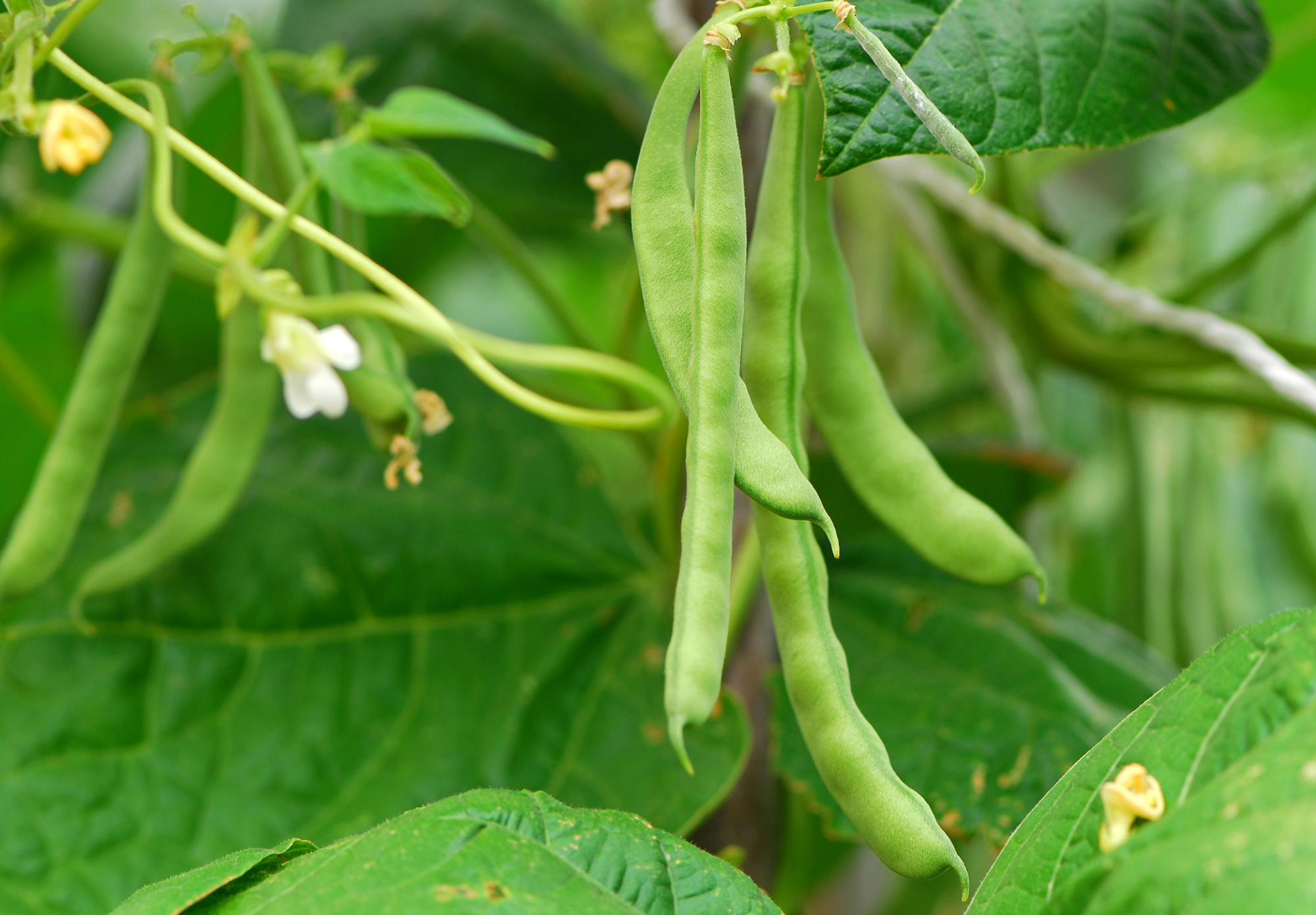
Versatile, delicious and generous yielders, green beans are one of the easiest vegetables to grow.
You can choose from two growing styles: bush, which are more compact, and pole, which grow vertically, making them more space efficient.
There are some wonderful vegetable garden trellis ideas if you want to maximize your growing area.
‘I like the bush bean variety as you can skip the trellis. They’ll take up less room in your garden and grow well in pots,’ says Ashley Christian, founder of Homestead Sweet Home.
‘Beans do well even in poor soil because they fix the nitrogen as they grow. This is an easy summer crop that is fast growing and ready to harvest in about 60 days.’
To grow green beans, sow seeds direct 1 inch deep, around 2-4 inches apart. You will be able to start harvesting them in 50-60 days.
Good varieties to try include Blue Lake, Provider, Contender, Maxibel, Dragon Tongue and Tongue of Fire.
Learn how to grow French beans for a more tender, slender variety.
3. Kale
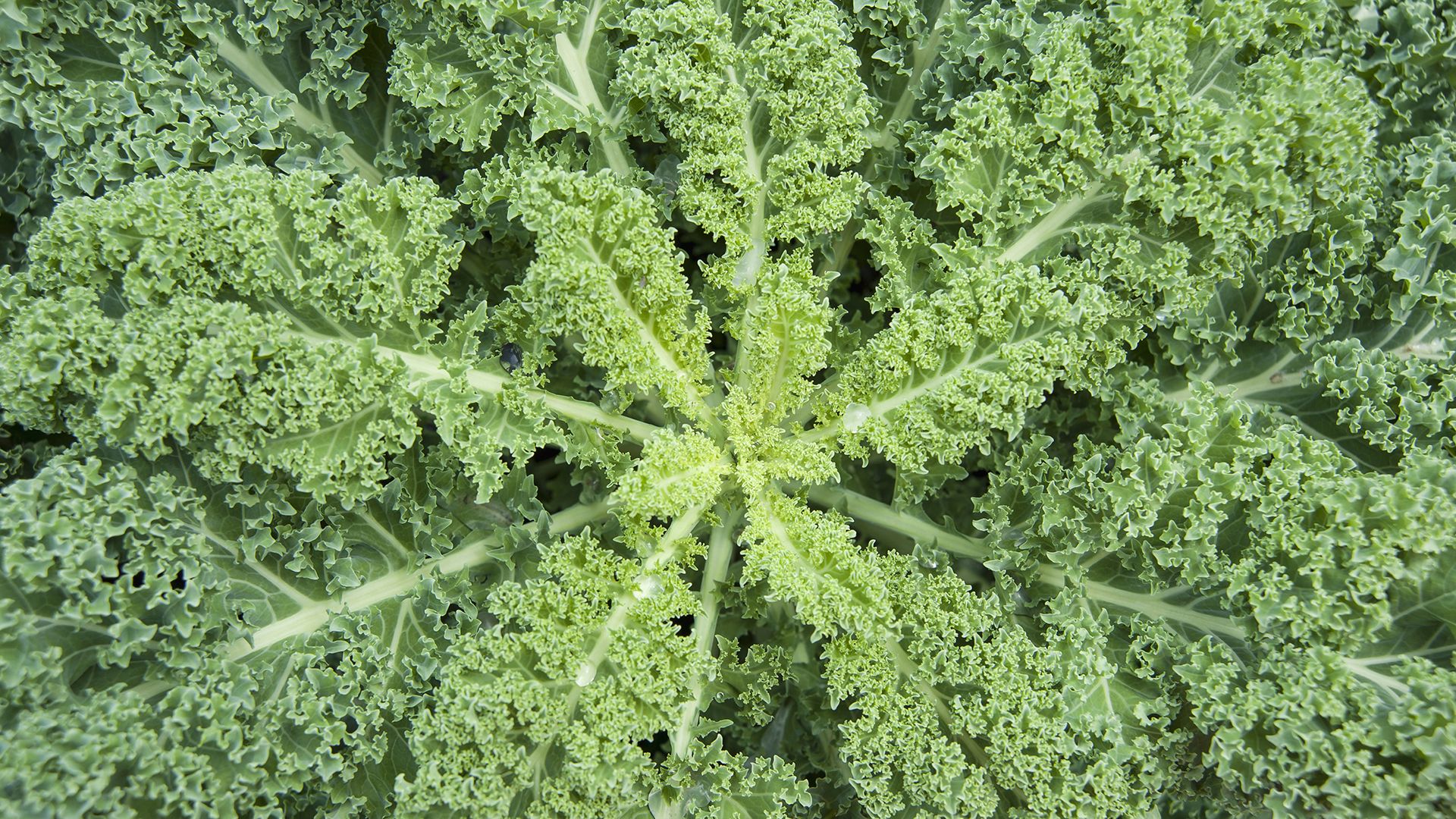
‘In my opinion, kale is the easiest vegetable to grow,’ says Katie Krejci, homesteader, dietician and owner of The Homesteading RD.
‘It has very little disease or pest issues and is tolerant of a wide range of temperatures. It also doesn't bolt (go to seed) when it's hot out like other greens do.’
Kale is also one of the healthiest crops beginners can grow. A true superfood, it’s packed with Vitamins A, C and K, with a single cup of the vegetable offering well in excess of your daily recommended dose.
It also contributes to a broad variety of other essential nutrients, including manganese, calcium and potassium.
As kale is a fairly compact crop, it can grow well in pots, so make sure to include a few plants in your vegetable garden container ideas.
‘It also not only survives frost, but it actually tastes better when the temperatures dip into the freezing zone. Kale can handle some shade as well,’ adds Krejci.
Start seeds off indoors, or directly in position in warmer weather, from late spring to early summer. Sow seeds around half an inch deep, and when they start to grow, thin them out to around 18 inches apart, or less if you prefer to eat younger leaves. You should be able to harvest the leaves in around 60 days.
Aside from the classic Cavolo Nero, good varieties to try include Meadowlark, Curly Roja and Black Tuscan Lacinado.
4. Beets
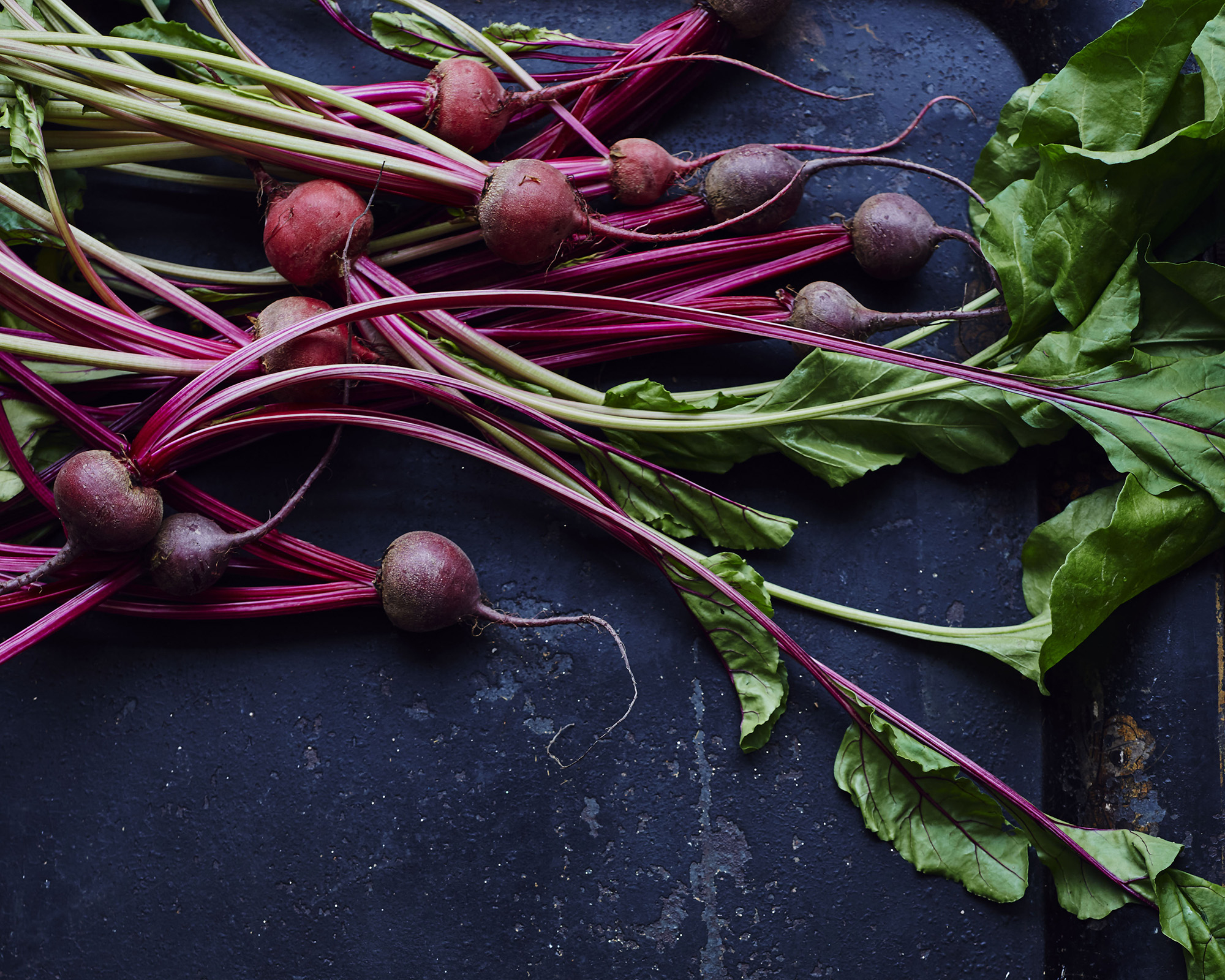
Compact, colorful and relatively trouble free, beets – or beetroot – are an essential addition to your vegetable garden.
If you enjoy eating the vegetable fresh in salads, or roasted as a side dish, then make successive plantings every couple of weeks from the spring. Alternatively, a glut of beets can be preserved and enjoyed for months.
To grow beets, plant seeds direct in a sunny position, as the young plants do not like to be transplanted. Sow seeds half an inch deep, around 1-2 inches apart in rows around a foot apart.
Once the beets have begun to grow, thin out the seedlings to around 3-4 inches apart.
It will take around 2 months before beets are ready. At this stage, the root vegetables will bulge above the surface of the soil – you’re looking for at least the size of a golf ball.
Don’t discard the leaves, as these are also delicious – simply sauté until tender.
Good varieties to try include Boltardy, Baby Ball, Avalanche, Ruby Queen, and Bull’s Blood.
5. Hardy herbs
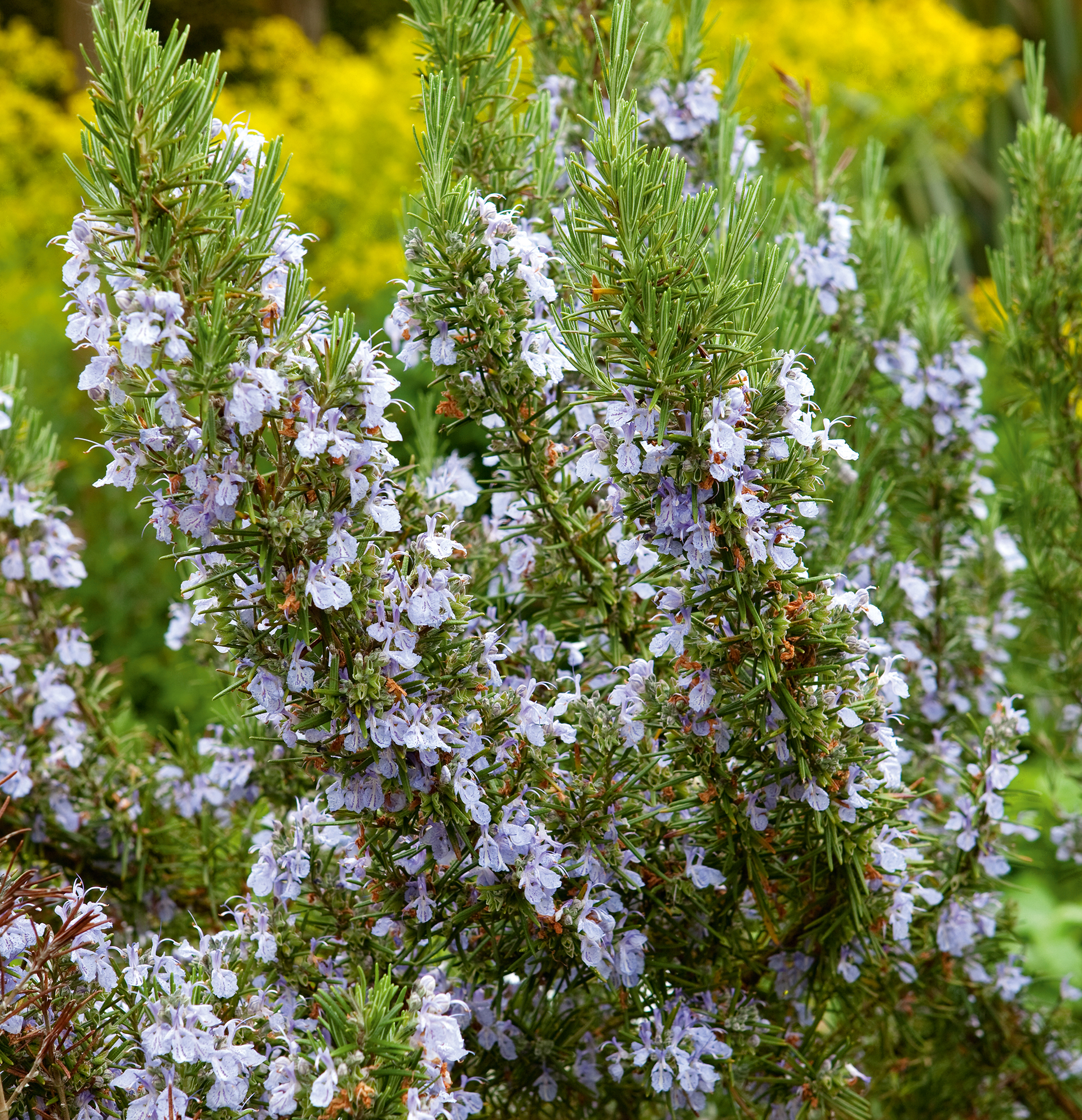
‘Hardy herbs are great for beginner gardeners because they grow under a wide variety of conditions and levels of care,’ says Geldin.
‘They work great in the corners of raised beds, ends of rows or in pots, and thrive in full sun, partial shade or irregular watering.’
He recommends Berggarten sage, French thyme, Italian oregano and Barbeque rosemary as being particularly well suited to beginner growers, but annual varieties such as cilantro and basil also make wonderful additions to your herb garden ideas.
‘Cooking with fresh herbs can be a game changer, and blending with salts or tying into the bows of presents makes for great gifting to family, friends, and neighbors,’ adds Geldin.
6. Tomatoes
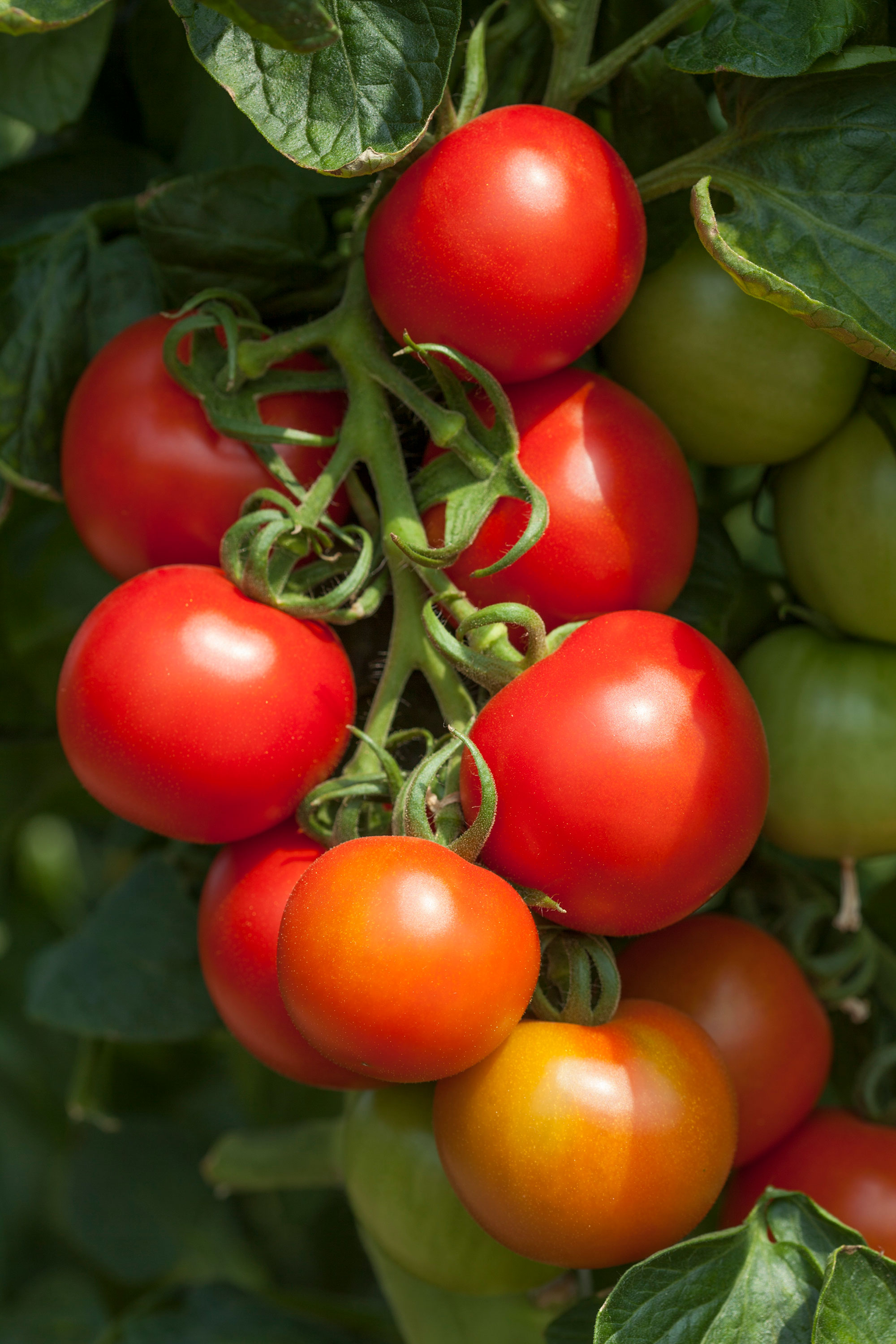
‘They may seem like an advanced vegetable but growing tomatoes can actually be quite easy, especially if you focus on hearty varieties that are adaptable to any zone,’ says Carrie Williams Howe, founder of Homestead How-To.
Depending on your climate and chosen variety, tomatoes can either be grown outside or under glass. You can also choose between vine tomatoes, which are trained to grow vertically (cordon), and bush varieties, which are easier for beginners and can be grown in pots or even hanging baskets.
‘Growing tomatoes is incredibly rewarding when you choose the right type,’ adds Williams Howe. ‘Our favorite variety to grow is the Amish paste tomato.
'While paste tomatoes are generally good candidates for making sauce, the Amish variety of paste tomato is large and juicy, so it also makes a great slicer for use in sandwiches and salads. It has a sweet taste that will convince anyone to switch from grocery store to garden tomatoes for the rest of their life.’
Cherry tomatoes are also easy to grow as they are quick to crop. Try Super Sweet 100 and Gardener’s Delight to grow as cordons, or a tumbling variety for containers.
7. Swiss chard
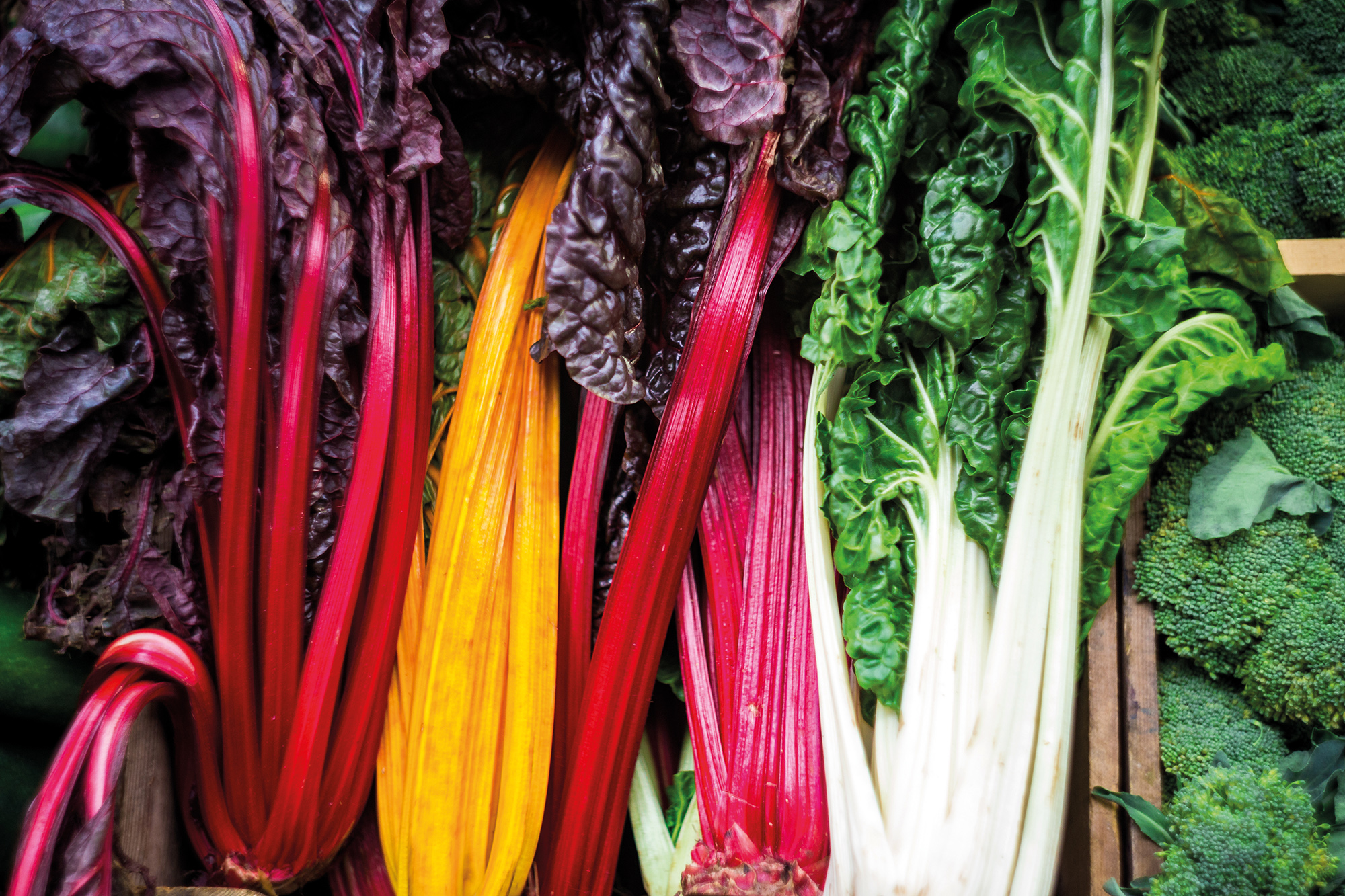
Swiss chard is easy to grow, looks lovely on the veg patch, and packs a flavor punch in side dishes to stir fries. It’s also considered a superfood, rich in vitamins A, C, and K.
‘Swiss chard is in the same family as spinach, but easier to grow because it is more heat and cold tolerant,’ says Christian.
‘Begin planting in the spring 2 to 3 weeks before the last frost date, and in the fall about 40 days before the last frost date. You can plant seeds at 10-day intervals over the course of a month of a continuous harvest. You can also grow chard through the winter in a small greenhouse.’
Sow seed thinly, half an inch deep, in rows about a foot apart. Once the seedlings have begun to grow, thin them out to 10 inches apart.
The plants make fantastic cut-and-come-again leaves, and will be ready to harvest within 12 weeks.
Good varieties to try include Rainbow or Giant Swiss chard or classic Baby Leaf varieties.
8. Squash
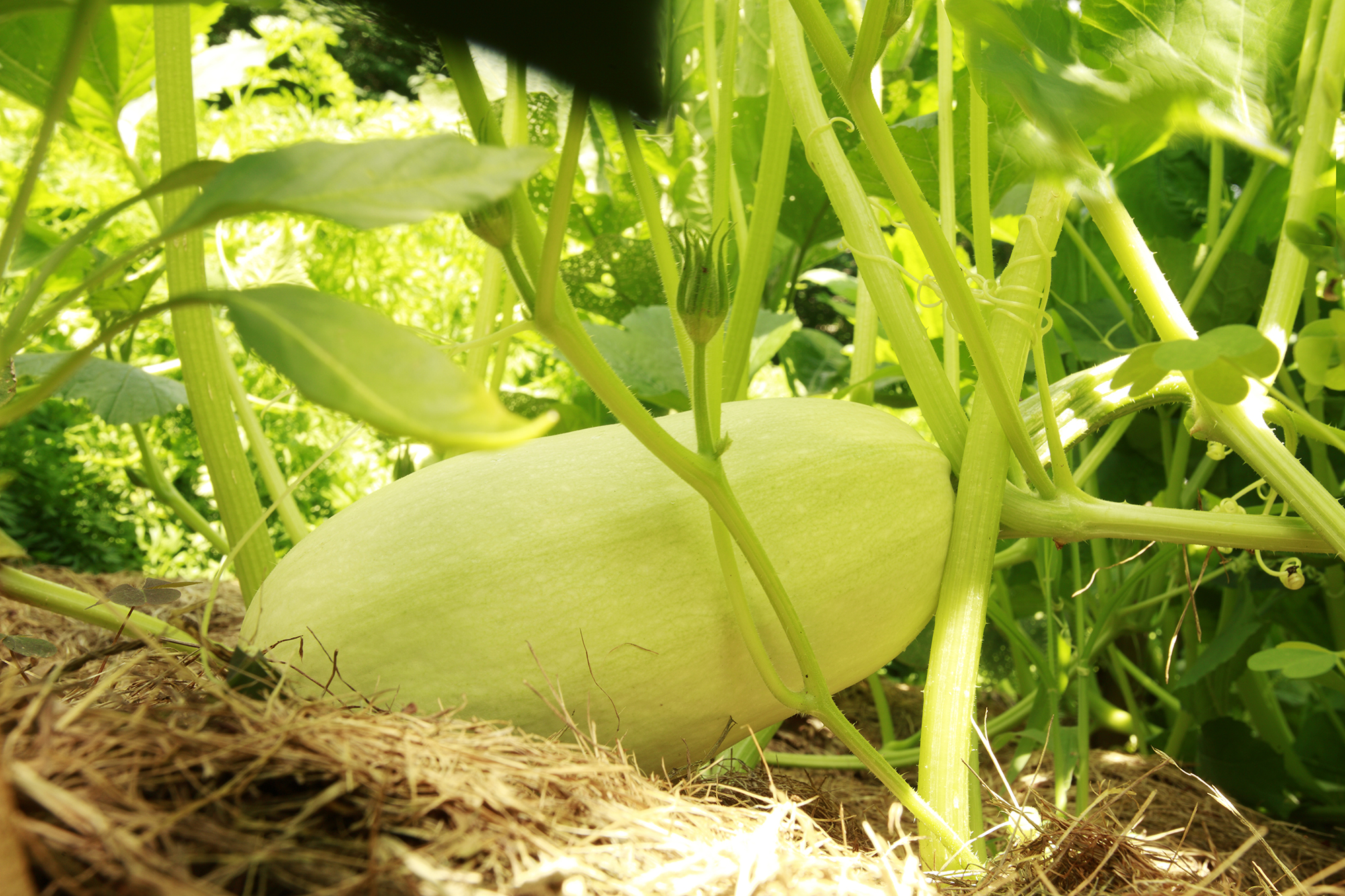
Squashes are a fun crop for beginner growers to experiment with, and several varieties are particularly easy.
‘Spaghetti squash has consistently proven, in garden after garden, year after year, to be the most resilient and productive of the vining squashes,’ says Geldin.
‘You can seed these directly into the garden and this hardy vegetable will outlive its fellow pumpkins and acorns, surviving the aphids and powdery mildew to produce five or more squash by the end of the season.
‘You do need room for the vines to spread outward or upward, but they take well to pruning if they’re heading out of bounds.’
Squashes come in a huge range of shapes and sizes, but all are straightforward to grow from seed. To grow squash, start seeds off indoors in early spring, or late spring direct into their positions. Sow seeds 1 inch deep, spaced around 3 foot apart. It’s a good idea to plant 2 or seeds at each sowing site, as not all seeds will germinate. You can remove the weaker seedlings when they begin to grow.
As well as spaghetti squash, also consider growing versatile butternut squash and summer squashes such as Zephyr and Early Summer Crookneck.
9. Carrots

‘Provided they are grown in the spring and fall, learning how to grow carrots is an easy activity,’ says Christian.
‘Carrots do well in loose, sandy soil and can even be grown in a 5-gallon bucket. Mix in some sand with the soil in your bucket, and don’t be shy about thinning your crop – you will be rewarded with thick, properly formed carrots.’
Carrot seed should be sown thinly into raked soil, in rows around a foot apart. Aim for the carrots to be spaced around 2 inches apart, and don’t sow seed too thickly, as thinning out the crop can attract carrot fly, which is its main pest in many areas.
Though carrot fly can be a real problem that can put off beginner growers, you can keep them away by covering the carrots with horticultural fleece, fine netting or clear plastic. Otherwise, they are relatively trouble free.
If you want to take things to the next level, then clever carrot companion planting will also help ensure success.
‘In terms of variety, try some fun varieties like yellow Amarillo, dark purple Black Nebula, or Kyoto Red, or stick with a classic orange Little Finger or Autumn King,’ adds Christian.
10. Lettuce

‘There's nothing better than a fresh-picked salad from the garden,’ says Krejci ‘It's easy to learn how to grow lettuce from seed, and it grows well in a container or pot.’
It’s also quick to grow – within 6 weeks you’ll be harvesting leaves, or earlier if you eat any thinned out seedlings.
While all lettuces are easy to grow, loose-leaved varieties, which don’t form a firm heart, are particularly easy.
You can also grow lettuce all year round – outside in spring and summer, and indoors in colder months.
Sow lettuce seed thinly and cover with a fine layer of compost. To avoid a glut, it’s best to successionally sow a few seeds each week. Once the seedlings are large enough, thin them out to a distance of 4-8 inches, depending on whether you prefer to eat baby leaves.
‘Some lettuce varieties have a tendency to bolt (go to seed) when the temperatures soar, so if you are in a warm climate, I would recommend planning for a spring or fall harvest when growing lettuce,’ says Krejci.
‘There are some bolt-resistant varieties that perform really well in my garden and can extend your season into the summer: Green Star and New Red Fire.’
Bear in mind you will likely need to protect your crop from slugs and snails.
What are the easiest vegetables to grow in pots?
The easiest vegetables to grow in pots are those with a compact growth habit that won't quickly outgrow their containers.
'Leafy greens and herbs such as basil, green onions, and thyme work well in containers,' says Stuart Jones, farm manager at Civic Works' Real Food Farm.
'However, anything with a shallow root system will do just fine in a pot.'
Also consider growing beans, tomatoes and potatoes in containers.
What are the easiest vegetables to grow from seed?
The easiest vegetables to grow from seed are those that require little intervention besides planting and watering.
'Many vegetables are easy to grow from seed,' says Turner. 'Lettuce, beans, cucumber, squash, radish, peas, pumpkins, arugula and okra would be what I’d consider the easiest.
'To be considered easy I would want the vegetable to germinate quickly and then not require much extra care (beyond necessary watering) to reach maturity and enjoy the harvest.'
Sign up to the Homes & Gardens newsletter
Design expertise in your inbox – from inspiring decorating ideas and beautiful celebrity homes to practical gardening advice and shopping round-ups.

Melanie has worked in homes and gardens media for two decades. Having previously served as Editor on Period Living magazine, and worked on Homes & Gardens, Gardening Etc, Real Homes, and Homebuilding & Renovating, she is now focusing on her passion for gardening as a Senior Editor at Gardening Know How. As a keen home grower, Melanie has experimented with pretty much every type of vegetable at some point – with mixed results. Often it is the simplest things that elude you, which may explain why she just can't seem to master zucchinis.
-
 Miley Cyrus breaks a cardinal decorating rule with her 'floating table' – her unexpected layout transforms a dead space into a stylish breakfast area
Miley Cyrus breaks a cardinal decorating rule with her 'floating table' – her unexpected layout transforms a dead space into a stylish breakfast areaThe singer tosses aside the maxim that furniture shouldn't be floating in the middle of the room with an innovative kitchen layout
By Sophie Edwards Published
-
 It’s a concept straight out of a fashionista's playbook, but I used the Sandwich Method to organize my kitchen shelves – it’s never looked sleeker
It’s a concept straight out of a fashionista's playbook, but I used the Sandwich Method to organize my kitchen shelves – it’s never looked sleekerIt transformed messy to mesmerizing in a matter of seconds
By Punteha van Terheyden Published